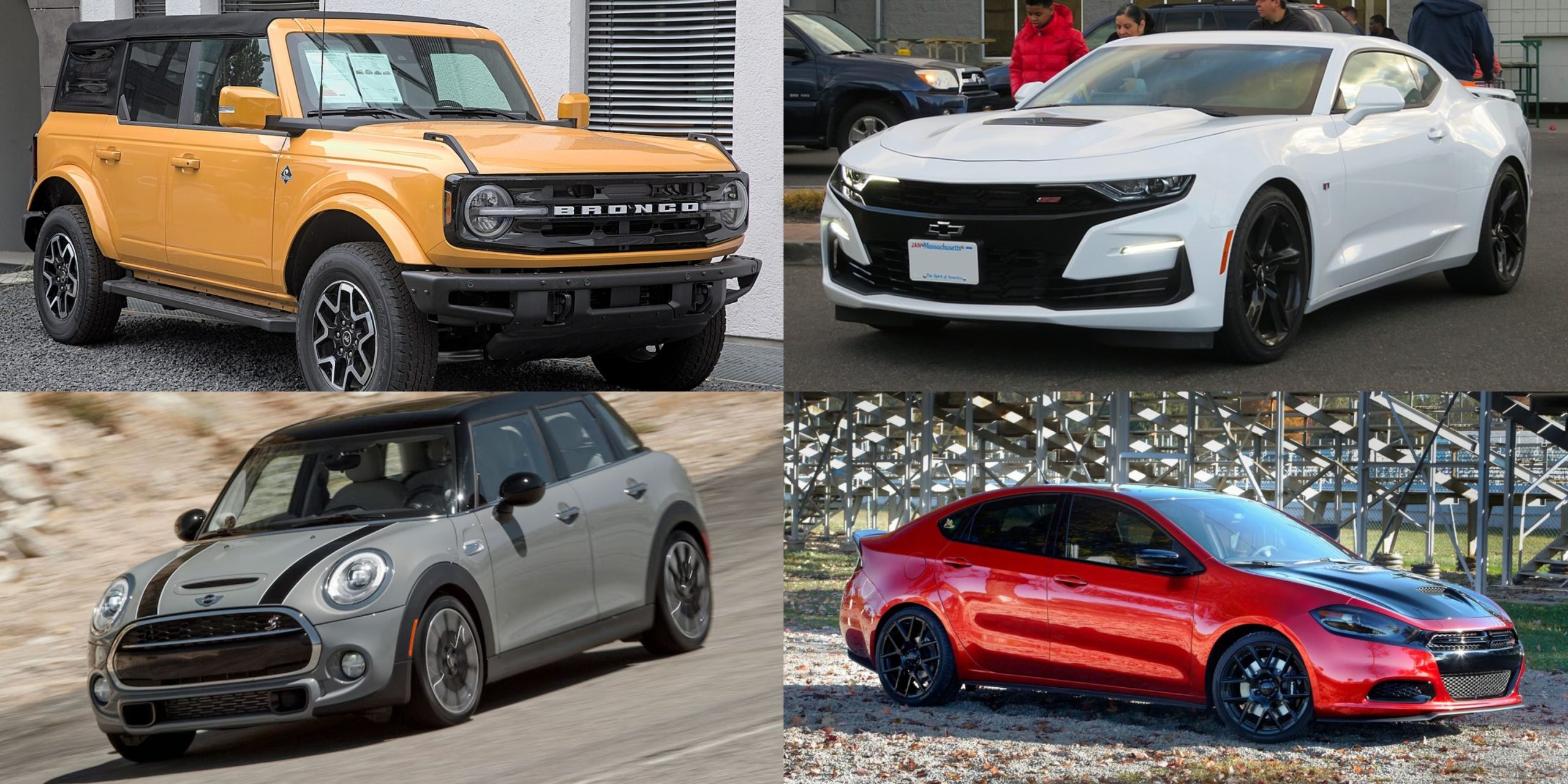In the automobile world, nostalgia is a powerful force. From the roar of an engine to the sleek curve of a fender, car manufacturers often dip into their archives to revive beloved models from the past.
These comebacks are more than just a trip down memory lane—they’re strategic moves to capitalize on brand heritage, rekindle consumer excitement, and reignite market share.
However, the success of a revived model is never guaranteed. While some reimagined cars are met with critical acclaim and commercial success, others stumble out of the gate, failing to capture the magic of their predecessors. The line between a brilliant resurrection and an embarrassing misstep can be razor-thin.
Automakers walk a fine line when reintroducing a classic. Modern buyers demand more than a badge and familiar name—they expect performance, reliability, innovation, and a clear purpose for why a once-discontinued model deserves a second chance.
The models that manage to pull off a successful return often do so by blending heritage styling with modern engineering and safety standards. They connect with enthusiasts and new buyers alike, offering compelling reasons to exist in a competitive market.
On the flip side, some models never should have left the annals of history. Whether due to poor engineering, lackluster design, misaligned market positioning, or simply being out of touch with consumer expectations, these cars failed to live up to their legacies.
Instead of reviving a classic, they diluted it, tarnishing once-revered names and sometimes setting entire product lines back years. In this article, we’ll take a look at 10 car models that were brought back from the dead.
Five of them returned stronger, smarter, and more exciting than ever, setting a new standard for what a modern reboot should look like. The other five? Let’s just say they’re cautionary tales of how not to stage a comeback.
Also Read: 5 American Sedans That Are Still Worth Owning and 5 That Aren’t
5 Reliable Car Models That Returned Strong
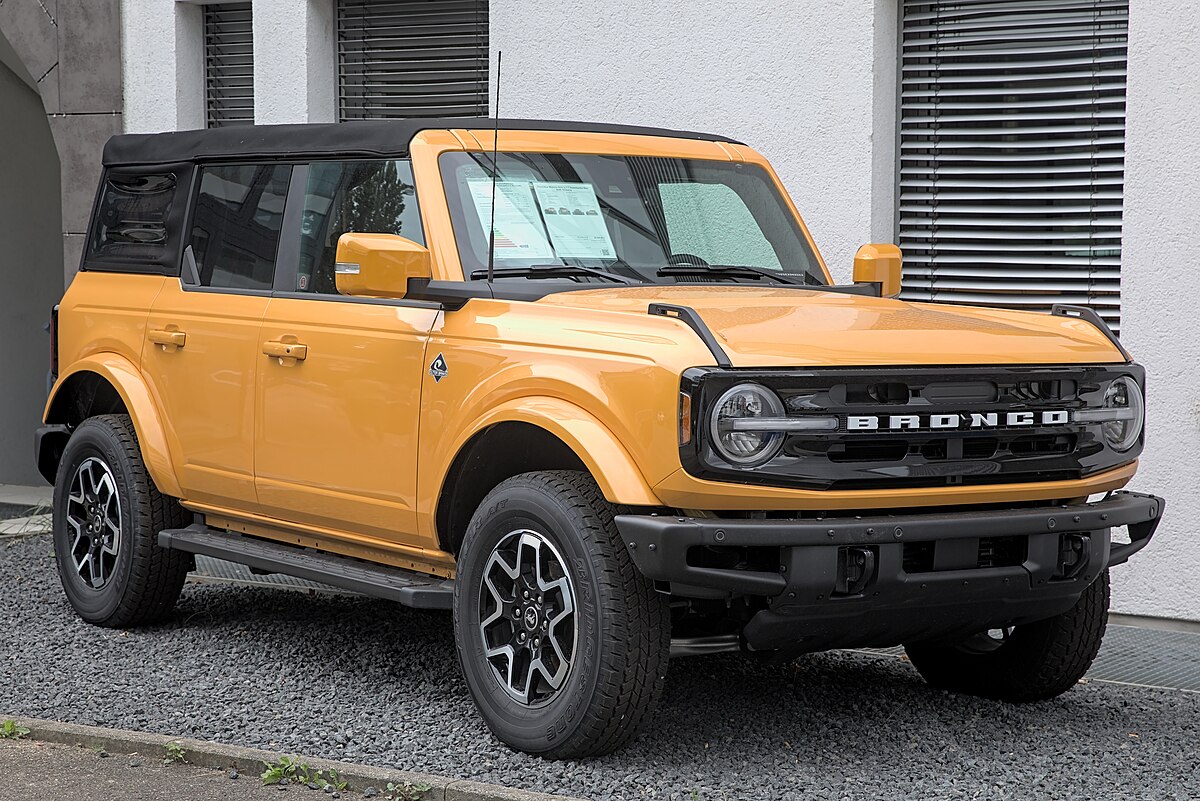
Ford Bronco (2021 Revival)
The Ford Bronco’s 2021 return was one of the most highly anticipated revivals in recent automotive history. Originally discontinued in 1996, the Bronco had become a cult favorite, associated with rugged off-road capability and classic Americana.
Ford knew it couldn’t simply release a soft-roading crossover and slap the Bronco badge on it. What it delivered instead was a bold, purpose-built 4×4 that echoed the spirit of the original while bringing modern tech and engineering to the table.
The new Bronco came with serious off-road chops: standard 4WD, multiple G.O.A.T. (Goes Over Any Terrain) modes, and features like sway-bar disconnects and 35-inch tires right from the factory. Offered in both two- and four-door configurations, it was clear that Ford wasn’t messing around.
They even introduced a smaller sibling, the Bronco Sport, to widen appeal, while keeping the main Bronco a true off-road icon. Buyers responded immediately, with long waiting lists and strong resale values proving its staying power.
What truly cemented the Broncos’ comeback success, however, was their authenticity. Ford didn’t try to turn the Bronco into something it wasn’t.
They respected its heritage, marketed it brilliantly, and delivered a product that felt fresh yet familiar. In a sea of bland SUVs, the Bronco stands out—not just because of its design, but because it genuinely lives up to the name it carries.
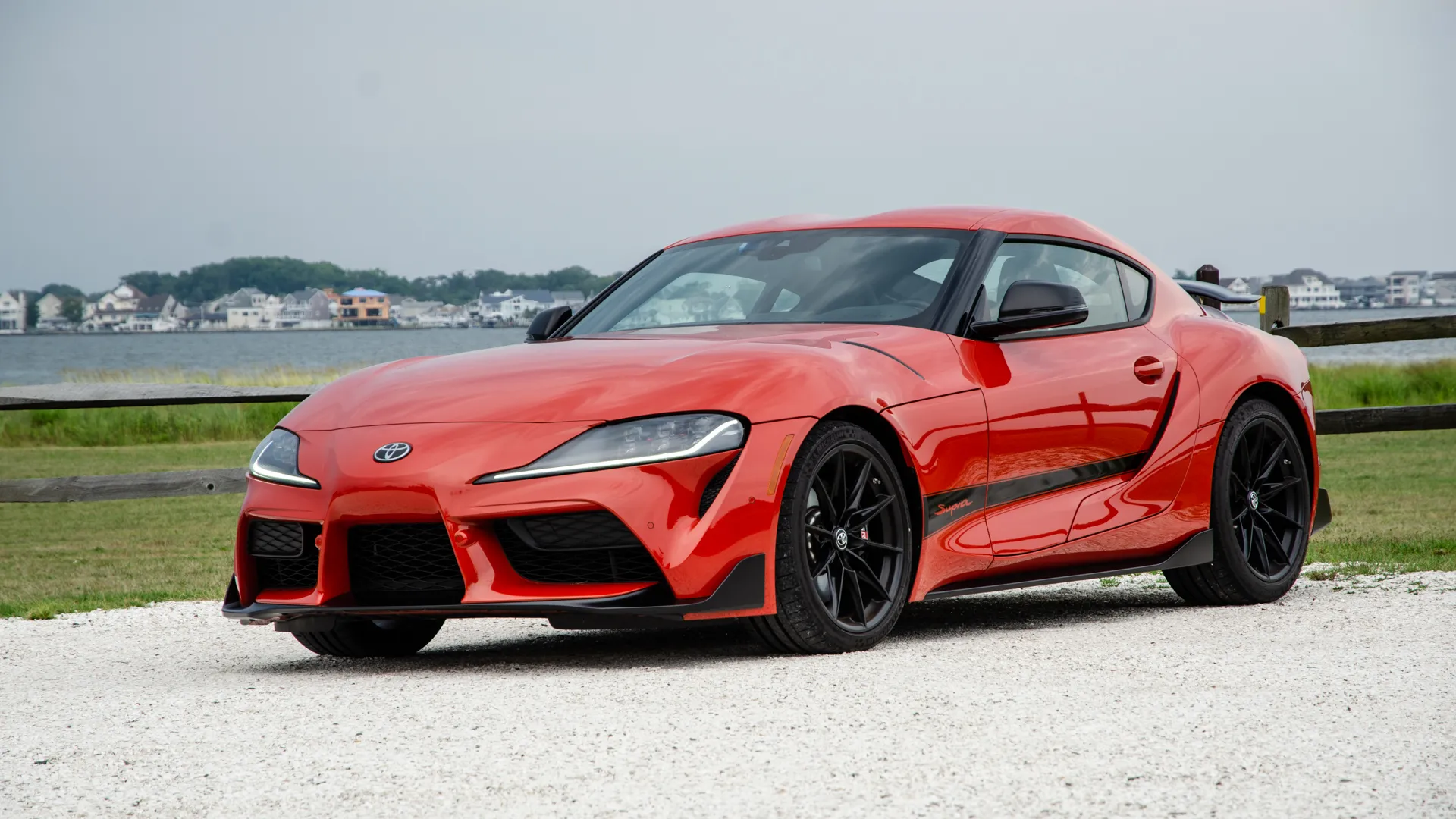
Toyota Supra (2020 Revival)
The Toyota Supra is legendary in performance car circles, thanks especially to the Mk4 generation that became a tuner icon in the ’90s and early 2000s. So when Toyota announced its return in 2020, expectations were sky-high, and many were skeptical, especially upon learning it would be co-developed with BMW.
However, despite the controversy, the new Supra (Mk5) managed to win over many of its doubters by delivering impressive performance and driver engagement.
Equipped with a turbocharged inline-six engine (a nod to its heritage), the new Supra offered exceptional handling, acceleration, and a well-balanced chassis.
While purists lamented the absence of a manual transmission at launch (later rectified), most recognized that the new Supra was a serious sports car, even if its Bavarian DNA was obvious.
And in terms of reliability, it benefited from Toyota’s typically strong engineering and BMW’s performance pedigree.
Importantly, Toyota managed to make the new Supra feel special. It wasn’t just a rebadged Z4—it had unique tuning, styling, and personality.
While not everyone was happy with the direction, the car won critical acclaim, generated excitement in the sports car segment, and gave a new generation of drivers a reason to fall in love with the Supra name again.

Chevrolet Camaro (2010 Revival)
After a seven-year hiatus, Chevrolet brought back the Camaro in 2010—and it did so with a bang. Inspired by the first-generation models of the late 1960s, the design struck a perfect balance between retro and modern.
The Camaro’s aggressive stance, muscular lines, and distinct front fascia made it an instant hit with muscle car fans and casual buyers alike.
But the Camaro wasn’t just about looks. It came packed with serious performance options: from the V6 base model to the fire-breathing V8-powered SS, and later the track-focused ZL1 and Z/28 variants.
Chevy also ensured that the car handled well, with tight steering and a refined chassis that could hold its own against rivals like the Ford Mustang and Dodge Challenger.
The Camaro’s revival was successful because it tapped into the emotion of its fan base without compromising on substance. It performed well in sales, gained credibility on the racetrack, and was seen as a legitimate rival to long-standing competitors.
While it has since faced challenges in sales and is once again being discontinued (at least temporarily), the 2010-era comeback was undeniably a high point.
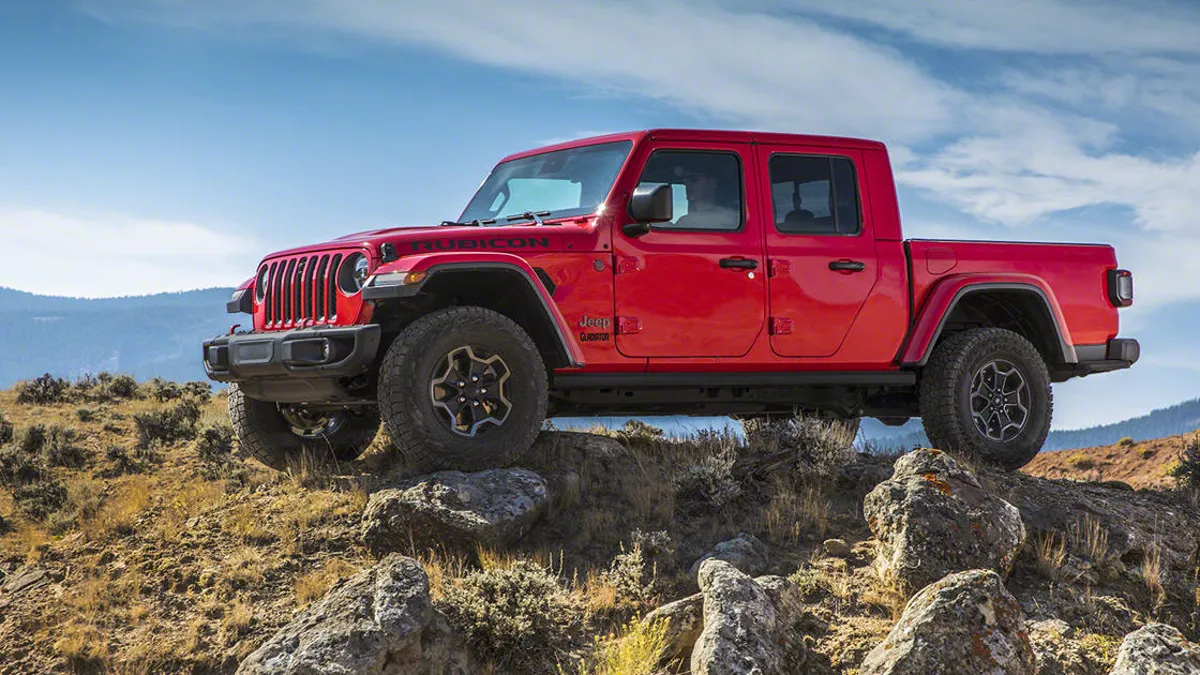
Jeep Gladiator (2020 Revival)
The Jeep Gladiator name hadn’t been seen since the 1980s, but in 2020, Jeep brought it back with a unique twist: a pickup truck with Wrangler DNA.
It was a bold move, given the crowded truck market and the fierce loyalty among full-size and midsize pickup buyers. But the Gladiator found a niche, offering something that no other truck could quite match.
Essentially a Wrangler with a bed, the Gladiator combined legendary off-road capability with the utility of a pickup.
It came with solid axles, removable doors and roof, and Jeep’s Trail Rated badging. For adventurers, overlanders, and lifestyle buyers, it was a dream come true. The aftermarket also exploded with parts and accessories, adding to the Gladiator’s appeal.
Sales were strong, and while the Gladiator was never meant to dominate the full-size pickup segment, it carved out a successful identity for itself.
Jeep stayed true to its roots while expanding into a new market, proving that thoughtful innovation could make even a decades-old name feel fresh and exciting.
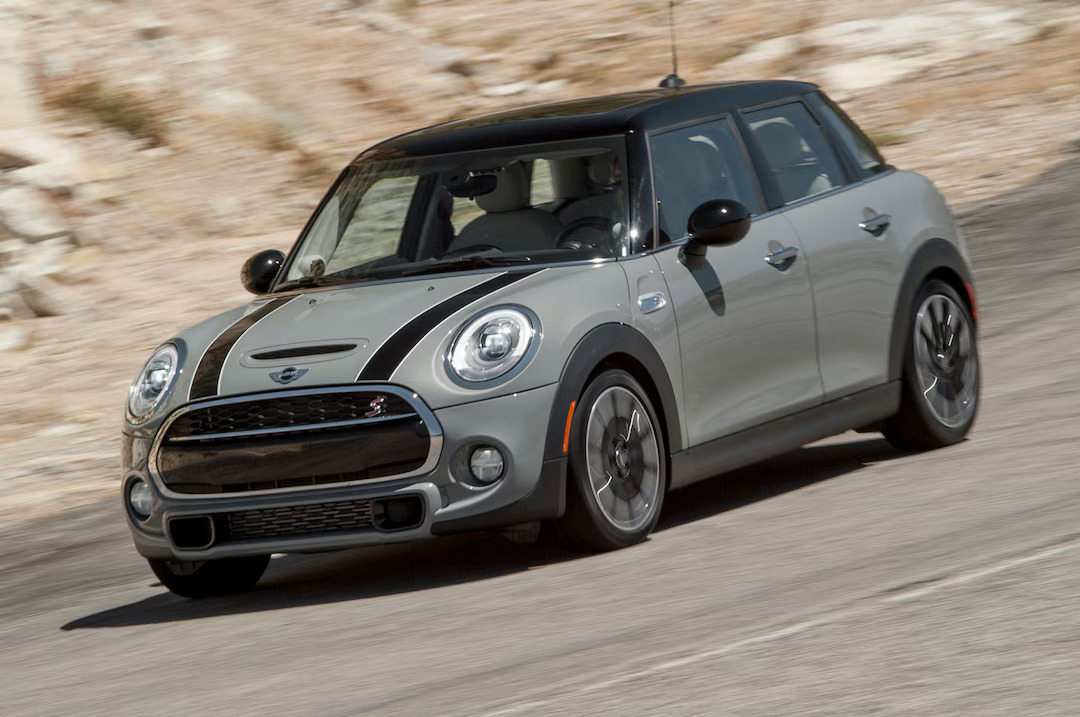
Mini Cooper (2001 Revival)
The original Mini, a British icon of the 1960s, was famous for its small size, go-kart handling, and charm. After BMW took over the brand, it faced the daunting task of reviving a beloved classic for the 21st century.
The result was the 2001 Mini Cooper—larger, more powerful, and infused with German engineering. Yet, it retained the essential personality that made the original Mini so beloved.
The new Mini Cooper kept the quirky styling but added modern safety, performance, and comfort features. Its tight steering, compact footprint, and nimble suspension made it a joy to drive, and its upscale interior appealed to urban professionals and young enthusiasts alike. While purists bemoaned the growth in size, most agreed the spirit was intact.
BMW’s handling of the Mini brand has largely been a case study in how to revive a classic the right way. The Cooper has seen multiple successful generations, a variety of trims and body styles, and consistent sales across global markets. It’s a modern classic that still feels relevant more than two decades after its rebirth.
5 Car Models That Shouldn’t Have Returned
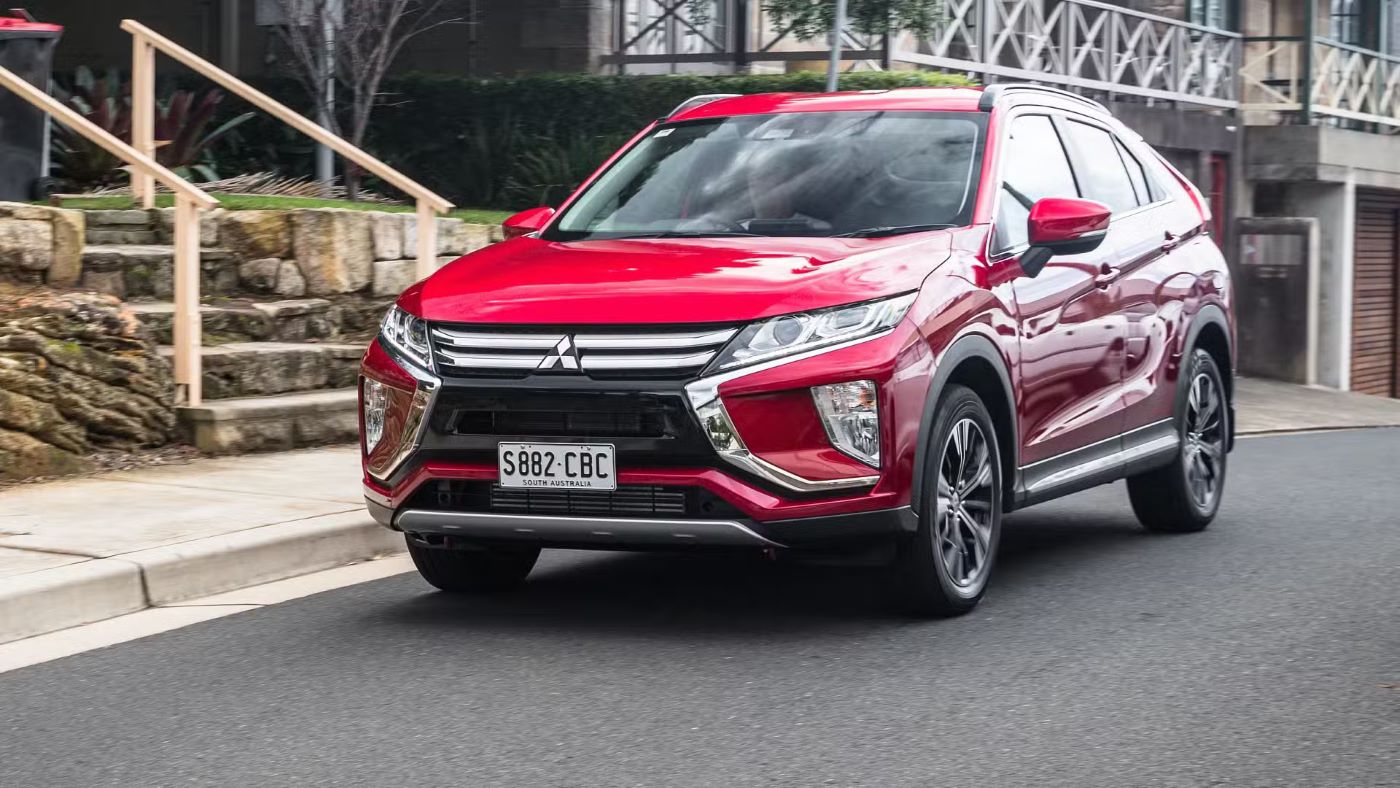
Mitsubishi Eclipse Cross (2017 Revival)
The original Mitsubishi Eclipse was a sporty, affordable coupe that gained a cult following in the ’90s and early 2000s. It was known for its turbocharged performance, tuner potential, and even a starring role in The Fast and the Furious. So, when Mitsubishi announced the Eclipse was coming back, fans were excited—until they saw it.
Instead of a sleek, performance-driven coupe, the new Eclipse Cross arrived in 2017 as a compact crossover. It bore almost no resemblance to the beloved sports car and instead blended into the sea of generic small SUVs on the market.
The name felt like a marketing gimmick, attempting to leverage nostalgia to sell a completely unrelated product. Enthusiasts felt betrayed, and even general consumers found the model underwhelming.
Performance was modest, styling was polarizing, and the driving dynamics were uninspired. While it offered decent practicality and some tech features, it couldn’t escape the shadow of what the Eclipse name once meant.
Mitsubishi’s use of the name did more harm than good, diluting a once-iconic brand and leaving fans wishing they’d just let the Eclipse rest in peace.
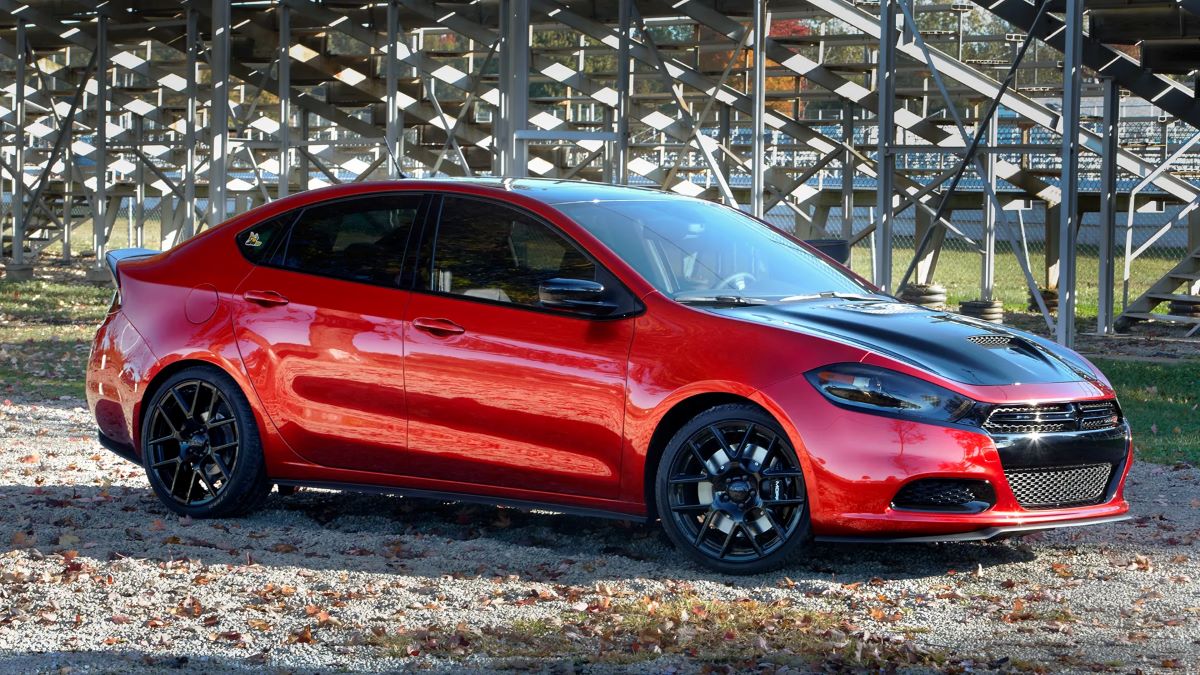
Dodge Dart (2013 Revival)
The original Dodge Dart, produced from the 1960s to the mid-’70s, was a rugged, dependable compact that evolved into a classic in its own right.
So when Dodge decided to bring it back in 2013, there was a sliver of hope for a revival of small American sedans. Instead, the new Dart ended up being a forgettable misfire in a segment already on life support.
Built on a Fiat platform and developed during the Fiat-Chrysler merger, the 2013 Dart never found its footing. The styling was bland, the performance options were underwhelming, and the driving experience was average at best.
It tried to appeal to a younger demographic with tech features and customization options, but couldn’t stand out against rivals like the Honda Civic or Mazda3.
Sales were lukewarm, and reliability issues didn’t help its case. Within just a few years, Dodge quietly discontinued the Dart in 2016. It became a case study in how to poorly execute a revival—rushed development, unclear market positioning, and a failure to live up to the legacy of its nameplate.
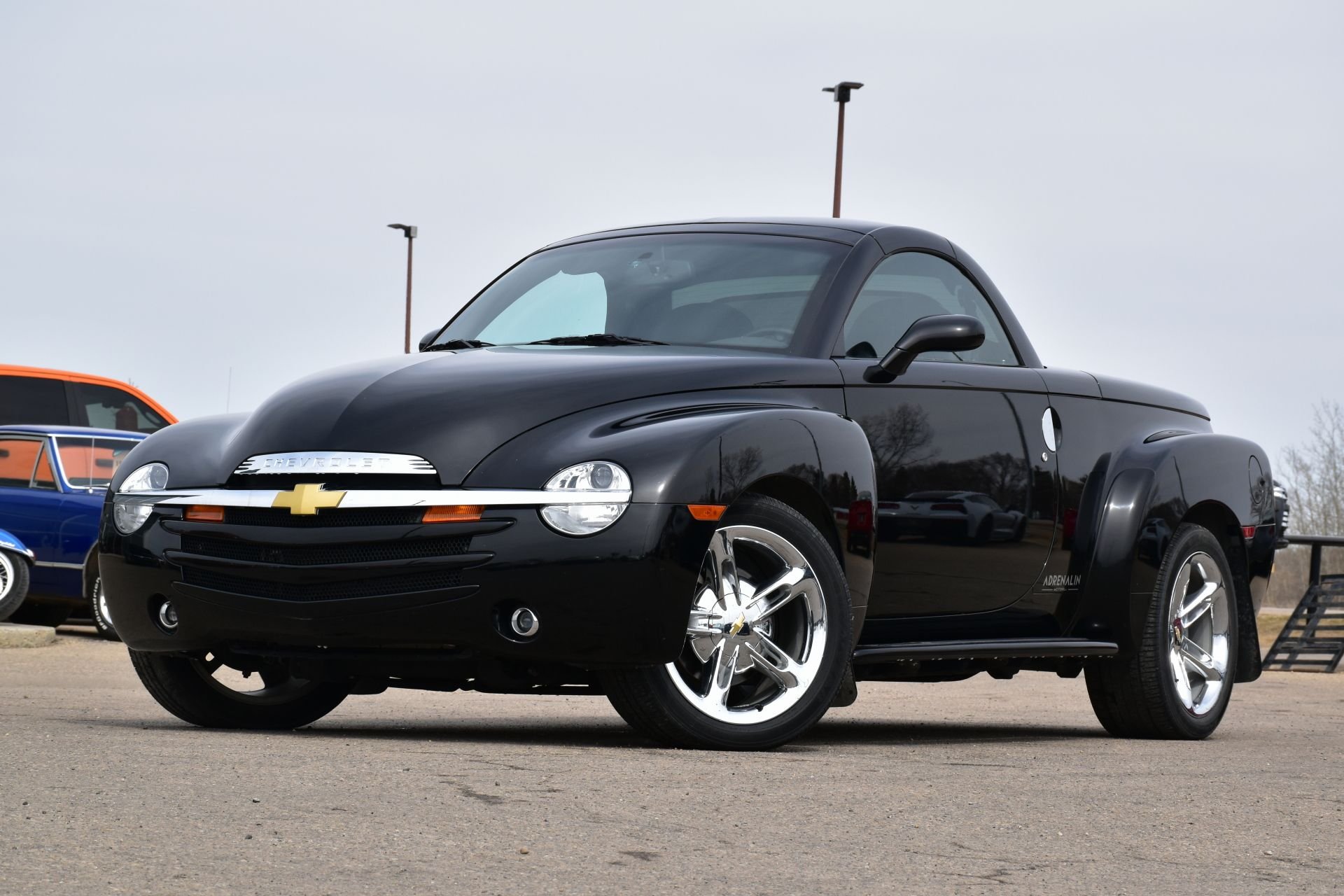
Chevy SSR (2003–2006 Revival Attempt)
On paper, the Chevrolet SSR seemed like a bold, fun idea: a retro-styled convertible pickup inspired by 1940s design, aimed at capturing the hearts of car lovers and collectors. But in reality, the SSR (Super Sport Roadster) was a confusing blend of form and function that didn’t quite succeed at either.
Launched in 2003, the SSR was based on a truck platform but had a retractable hardtop, curvy bodywork, and limited utility as a pickup.
While it had some performance credibility, especially after receiving the Corvette-derived LS2 V8, its heavy curb weight and awkward proportions hindered it from being a serious sports vehicle. Meanwhile, as a truck, its shallow bed and compromised practicality made it less than useful.
The SSR was expensive, niche, and hard to categorize. It wasn’t sporty enough for enthusiasts, nor functional enough for truck buyers.
Production lasted only a few years, and while it now enjoys a certain cult status among collectors, it was largely considered a flop when new. Chevy tried something daring, but the SSR felt like a revival without a real reason to exist.
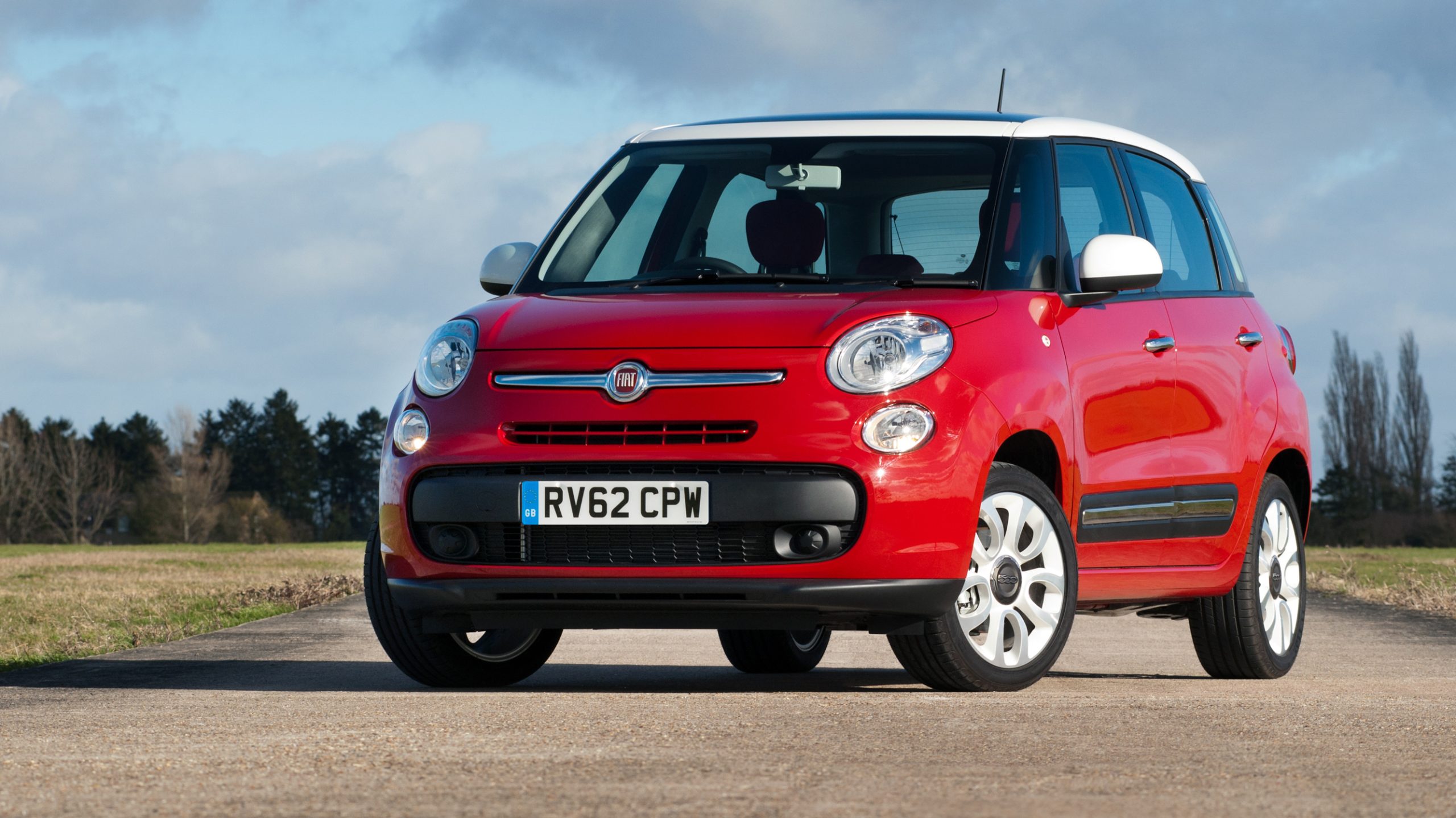
Fiat 500L (2013 U.S. Revival Attempt)
When Fiat re-entered the U.S. market with the retro-styled 500, it gained a fair amount of traction. The small hatchback had personality, charm, and decent urban appeal. But then came the 500L—a larger, family-oriented version of the 500 that aimed to offer more practicality. Unfortunately, it ended up tarnishing the momentum Fiat had built.
The 500L arrived in 2013 and was quickly criticized for its ungainly proportions, awkward styling, and poor build quality. It lacked the cuteness and fun-to-drive factor of the original 500 and instead came across as a bloated attempt to cash in on the brand’s growing recognition.
The driving experience was uninspiring, and the interior, though spacious, felt cheap and outdated. Perhaps the biggest issue was reliability. The 500L suffered from transmission issues, infotainment bugs, and a general perception of low quality.
It struggled in sales and failed to make any meaningful dent in the competitive compact MPV/crossover segment. For Fiat, it was a reminder that just stretching a popular model doesn’t guarantee success—sometimes, bigger isn’t better.
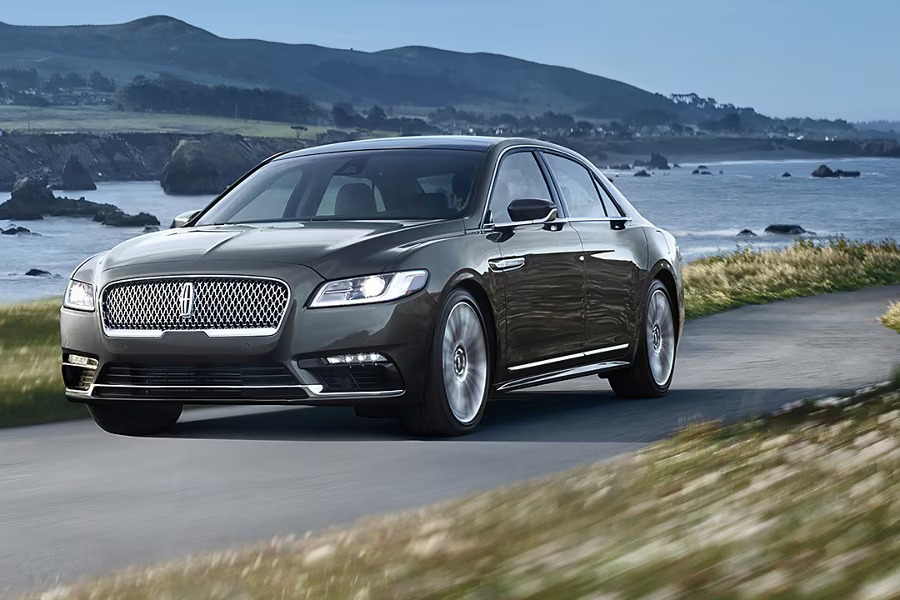
Lincoln Continental (2017 Revival)
The Lincoln Continental was once the epitome of American luxury. With its long history dating back to the 1930s and iconic moments like the JFK presidential limo, the name carried serious weight.
So when Lincoln revived the Continental in 2017, hopes were high that it would mark a return to form for the brand. But instead of a triumphant comeback, the modern Continental felt more like a missed opportunity.
While it had a sleek exterior and a relatively plush interior, the Continental struggled with identity. It wasn’t quite sporty, nor did it exude the kind of luxury that European rivals like BMW and Mercedes offered.
The front-wheel-drive platform also hurt its premium image, and despite an optional twin-turbo V6, performance was never a standout feature.
The car failed to capture younger luxury buyers and didn’t do enough to entice older ones back into Lincoln showrooms. Sales were sluggish, and despite some praise for its quiet ride and comfortable seats, the Continental never truly felt like a halo car.
It was quietly discontinued in 2020, once again relegating the iconic name to history. The Continental deserved a better reboot, but this one fell short of its legendary reputation.
Also Read: 5 Cars That Still Drive Well Over 250K Miles and 5 That Fall Apart Early
The revival of an iconic car model is always a gamble. For automakers, it’s a chance to tap into legacy, reignite passion, and reach new buyers with a blend of history and innovation. But as we’ve seen, the results can vary wildly.
The models that succeeded—like the Ford Bronco, Mini Cooper, or Toyota Supra—did so by staying true to their roots while embracing the demands of the modern driver. They delivered not just on nostalgia, but on real performance, design, and relevance.
On the other hand, failed revivals remind us that a name alone isn’t enough. Slapping a legendary badge on a mediocre or mismatched product is more likely to alienate loyalists than to attract new fans.
Whether it’s turning a sports coupe into a crossover (Eclipse Cross) or reviving a luxury sedan without the luxury (Lincoln Continental), these examples show that mishandling a revival can damage a brand more than help it.
Car revivals are about storytelling. The best comebacks tell a coherent, compelling story—one that honors the past but feels fresh and necessary in the present. The worst? They’re footnotes in history, reminding us that some legacies are better left untouched.

